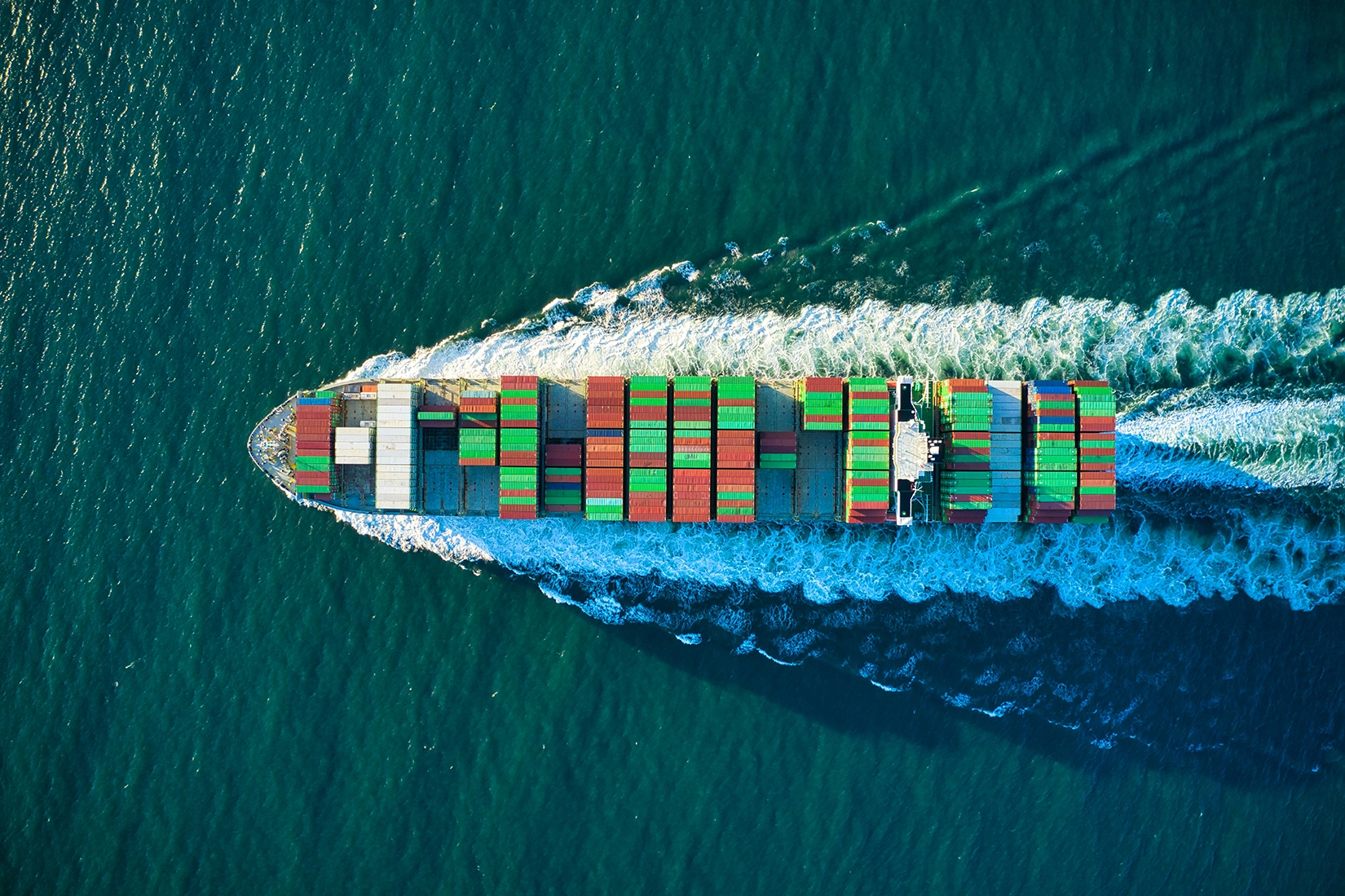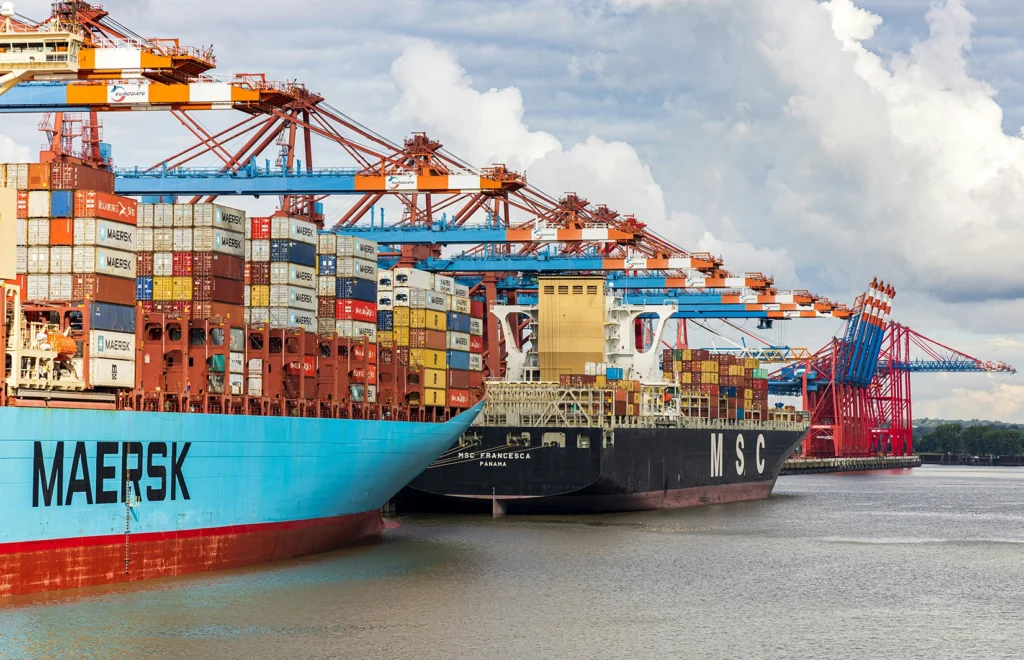Nearshoring Mistakes to Avoid: a U.S. Logistics Perspective

Nearshoring — the strategy of moving production and supply chains closer to home. It is on the rise among U.S. companies in 2025. With growing pressure to reduce lead times, offset high global shipping costs, and navigate increasing geopolitical uncertainty, many businesses are shifting manufacturing operations from Asia to Mexico and other nearby regions.
This move offers faster turnaround, lower freight expenses, and better alignment with U.S. market demands. However, success in nearshoring depends heavily on getting the logistics right. Missteps in transportation, customs, visibility, or partner selection can delay shipments, raise costs, or jeopardize customer satisfaction.
Mistake #1: Underestimating Cross-Border Complexity
It’s easy to assume that trading with Mexico, a close neighbor and USMCA partner, would be as simple as domestic logistics. But cross-border shipping introduces an entirely new layer of complexity. Every shipment between the U.S. and Mexico must undergo customs inspections, and incorrect documentation, incomplete permits, or even minor compliance errors can result in costly delays, fines, or the seizure of goods.
For example, many products require specific certificates of origin, dual labeling, or regulatory clearance from agencies like the FDA or SEMARNAT. Add to that potential language barriers, local holidays, and variations in logistics infrastructure, and it becomes clear that a DIY approach can be risky.
That’s why partnering with a logistics company that specializes in U.S.-Mexico freight, like Carolina Logistics Inc., is essential. Our cross-border teams handle documentation, coordinate with customs brokers, and ensure that your freight complies with both U.S. and Mexican regulations, reducing risk and keeping your supply chain running on time.
Mistake #2: Choosing the Wrong Location in Mexico
Not all manufacturing hubs in Mexico offer the same advantages. Each region varies in terms of proximity to the U.S. border, the availability of the labor force, infrastructure, transportation access, and even state-level incentives. Failing to evaluate these regional differences can lead to higher transit times, higher labor costs, or logistics bottlenecks.
For instance, Monterrey, located near Laredo, Texas, is one of Mexico’s most advanced industrial cities, with a skilled labor pool, major highways, and strong connections to U.S. markets, making it ideal for fast cross-border transit. Querétaro, further south, is a growing hub for aerospace and advanced manufacturing, but its inland location may mean longer transit to U.S. destinations. Guadalajara is a hotspot for electronics and tech manufacturing, but navigating freight from there to the border can be more complex without the right logistics support.
The best location depends on your product type, target market, and operational needs. A knowledgeable logistics partner like Carolina Logistics Inc can help you evaluate locations not just for production viability but also for how they integrate into your larger supply chain.

Mistake #3: Lack of Visibility and Real-Time Tracking
Some businesses assume that nearshoring means instant control over shipments due to shorter distances. Unfortunately, shorter geography doesn’t automatically mean better oversight. Without proper systems in place, freight can still get stuck in transit, misrouted, or delayed at customs, and you might not find out until a customer complains.
This is where real-time visibility becomes a game-changer. The ability to monitor your shipment at every stage, from loading dock to warehouse to final delivery, allows you to respond quickly to disruptions and manage expectations internally and externally. Especially in cross-border scenarios, where goods may be handed off between multiple carriers or brokers, tracking gaps can create confusion and liability.
Carolina Logistics Inc. provides integrated tracking platforms that give you full visibility, supported by bilingual logistics coordinators who can manage updates and intervene when needed. This level of oversight ensures better communication, faster response times, and peace of mind throughout your supply chain.
Mistake #4: Overlooking 3PL Logistics Expertise
While some companies try to handle nearshoring logistics internally, the learning curve and operational demands can quickly become overwhelming. Cross-border supply chains require coordination between warehousing, freight, compliance, and vendor management. Without a logistics expert in your corner, you risk missed connections, inefficient routing, and bloated transportation costs.
Third-party logistics (3PL) providers do more than just move freight. They serve as an extension of your operations team. Carolina Logistics Inc., for example, offers a comprehensive suite of services including cross-border freight coordination, bonded warehousing, last-mile delivery, temperature-controlled transportation, and customs management.
We’ve helped clients reduce transit times by optimizing handoff points, cut costs by consolidating loads, and improve compliance with proactive documentation reviews. Our on-the-ground presence in both the U.S. and Mexico gives you access to fast, flexible logistics solutions designed for nearshoring success.
Conclusion
Nearshoring can transform your business by bringing your supply chain closer to your customers, reducing risk, improving speed, and increasing competitiveness. Achieving these benefits depends on smart planning and expert execution.
By avoiding the common mistakes outlined above and choosing the right logistics partner, your company can tap into the full value of nearshoring. At Carolina Logistics Inc., we combine cross-border expertise, real-time tracking, and tailored 3PL solutions to keep your nearshoring strategy running smoothly, from production floor to final mile.
